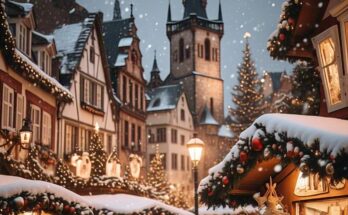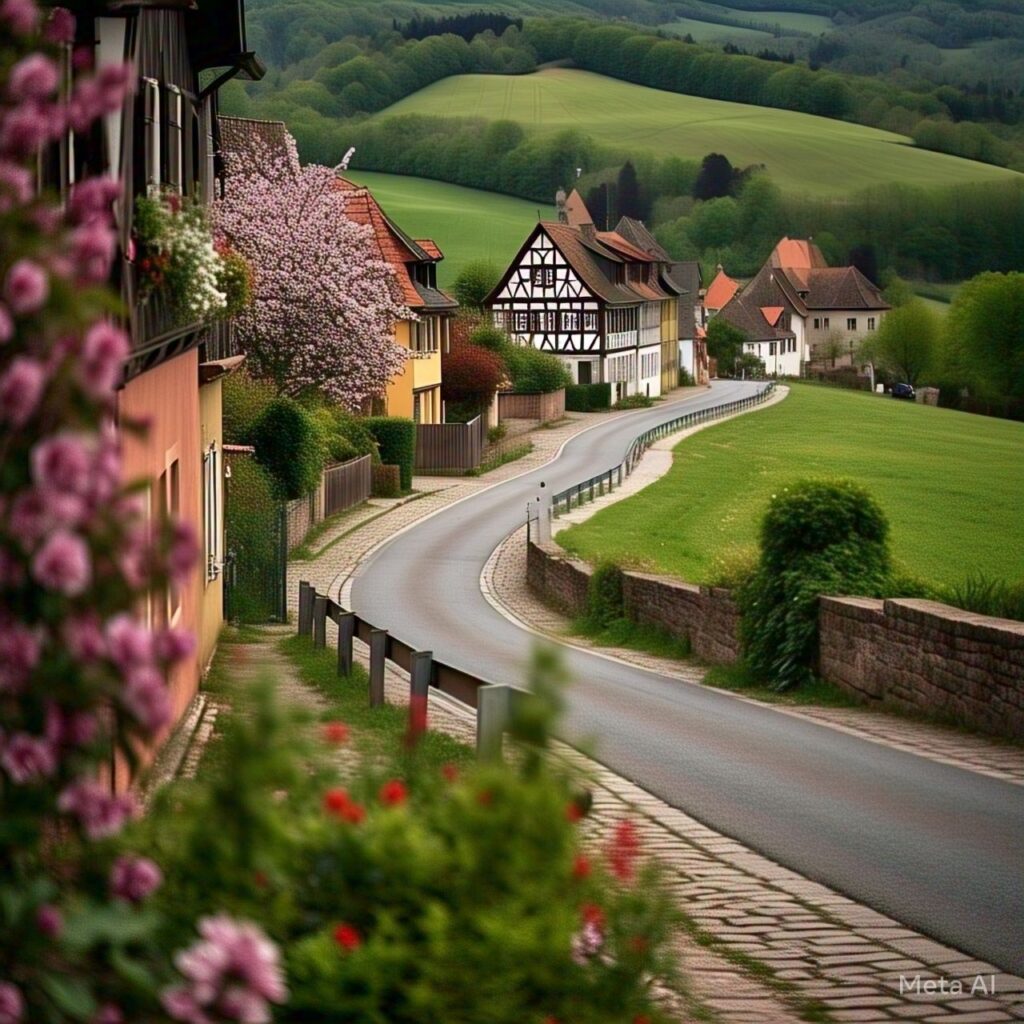
One of the primary reasons I wanted to take a road trip along the German Half-Timbered Houses Route was to raise awareness of this remarkable architectural ensemble, which, for some reason, very few people are aware of. The route, which is 3000-kilometers long and connects the North Sea to Lake Constance, is home to over 2.5 million half-timbered buildings.
Yes. That is just as amazing as it sounds.
I just had to see this for myself because I’m a bit of a history and architecture nerd. And I’m quite happy that I did. It introduced me to Germany’s history, its picturesque scenery, and the Hanseatic League. Additionally, it forced me to improve my German, which regrettably only goes so far as greetings and numbers.
What is the framework all about?
Given Germany’s abundance of forests, craftsmen and farmers realized that using half-timber buildings was the best way to employ all the extra logs and tree trunks they had on hand. This is why there are so many half-timber houses in Germany.
A house in Northern Germany may differ slightly from one in Switzerland, for instance, depending on the local workmanship or wood type. The Germans refer to this as fachwerk, and it varies greatly from one location to another in terms of architectural design or carpentry techniques.
Stade

One of the German Framework Road’s highlights
I’ve already discussed Stade because it was my favorite place to visit during my road trip through Germany. Since Stade is only an hour away from Hamburg, it’s a great day trip destination if you can’t spend the entire day at the timber houses. The entire town has an air of old-world beauty, even if the most picturesque buildings are found near the waterfront. The town has a fascinating history and was a major player in the Hanseatic League.
One of my all-time favorite photos is the one of the vibrant harbor above; the sight of it still makes me grin. Do yourself a favor and visit Stade, regardless of your plans while in Germany. For a period.
Salzwedel
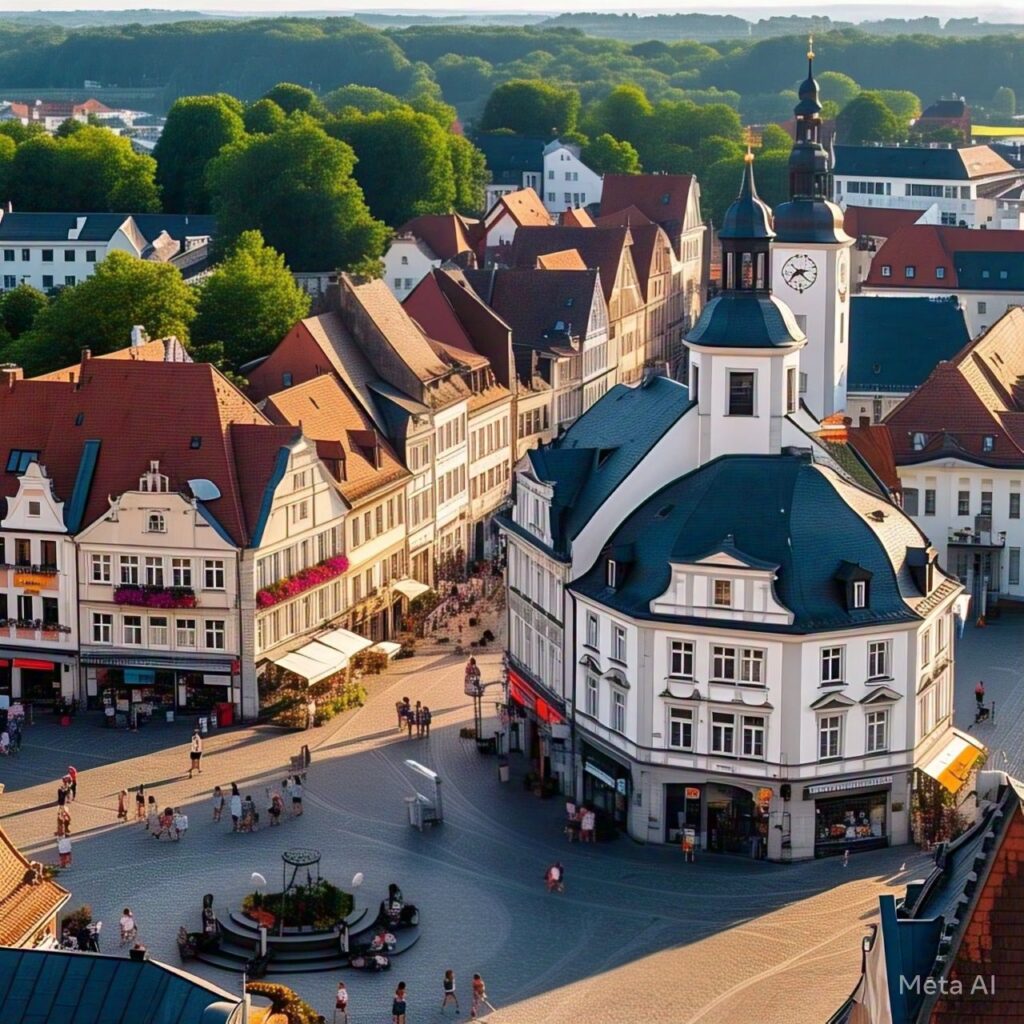
Salzwedel’s empty but charming streets
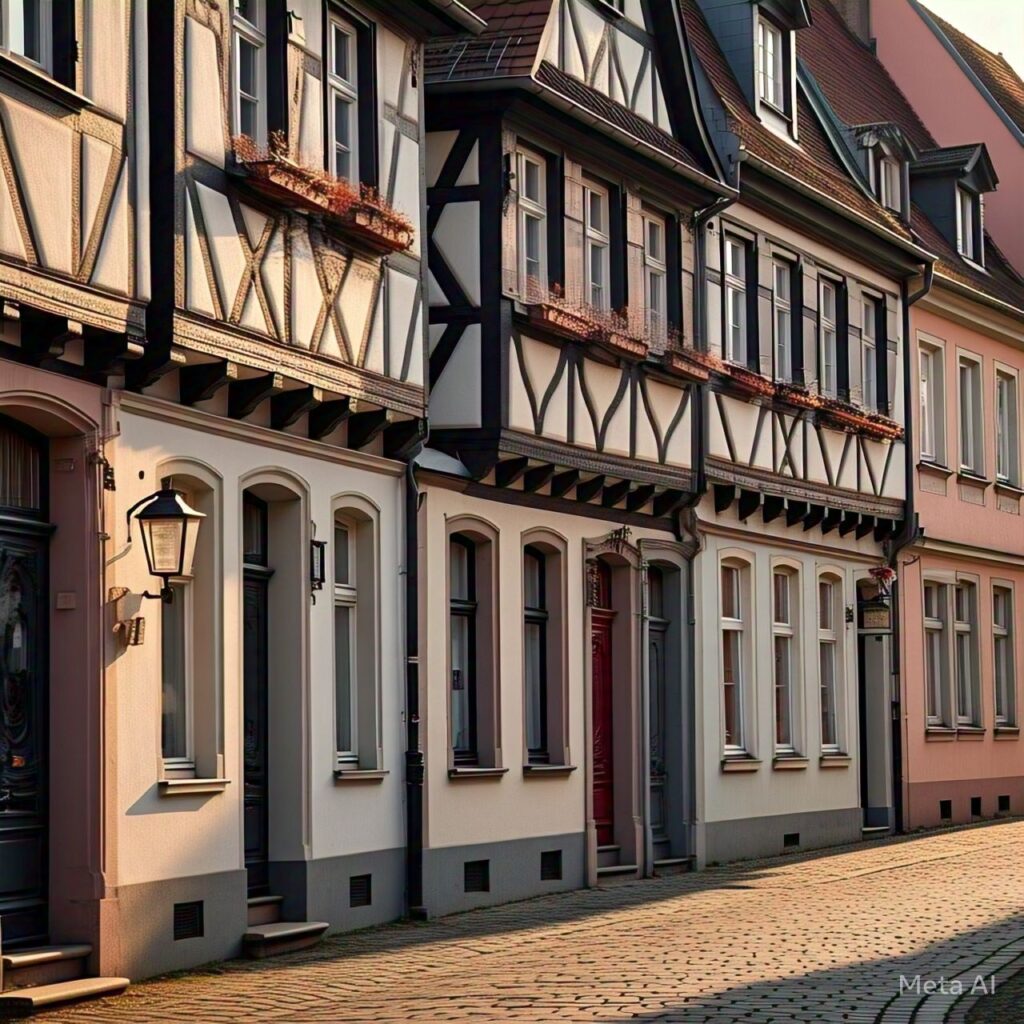
Salzwedel has to be on the list, but not because I would advise visiting—quite the contrary.
Although the town boasts stunning architecture and a fascinating past, overnight stays for non-German visitors are difficult due to the tourist infrastructure. In addition, the town has been negatively impacted by the European economic crisis, which regrettably means that many enterprises have closed. I feel horrible about stating this because I understand how crucial tourism can be to economies that are recovering, but Salzwedel seemed like a ghost town. The streets were almost deserted!
In retrospect, I would completely avoid Salzwedel if I had to do the journey again.
The Nienburg
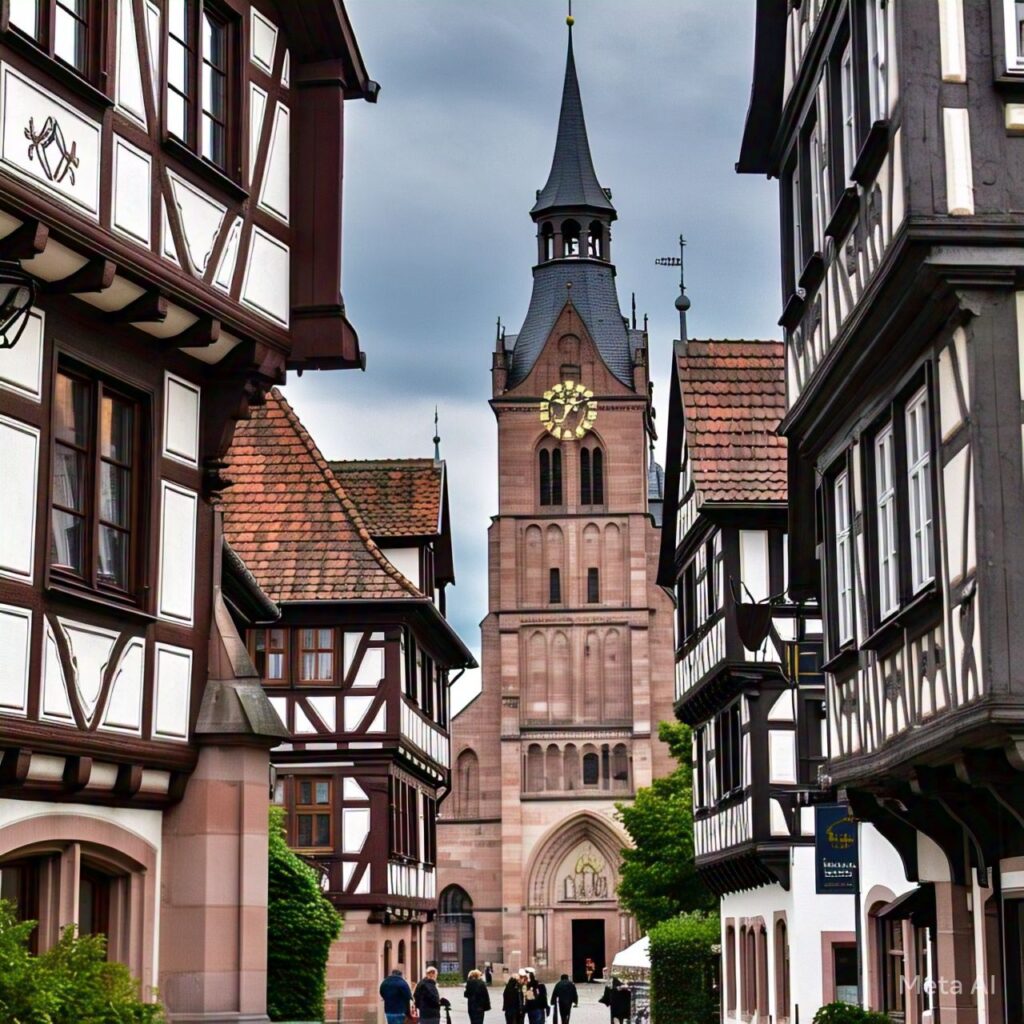
Magnificent structure near Nienburg
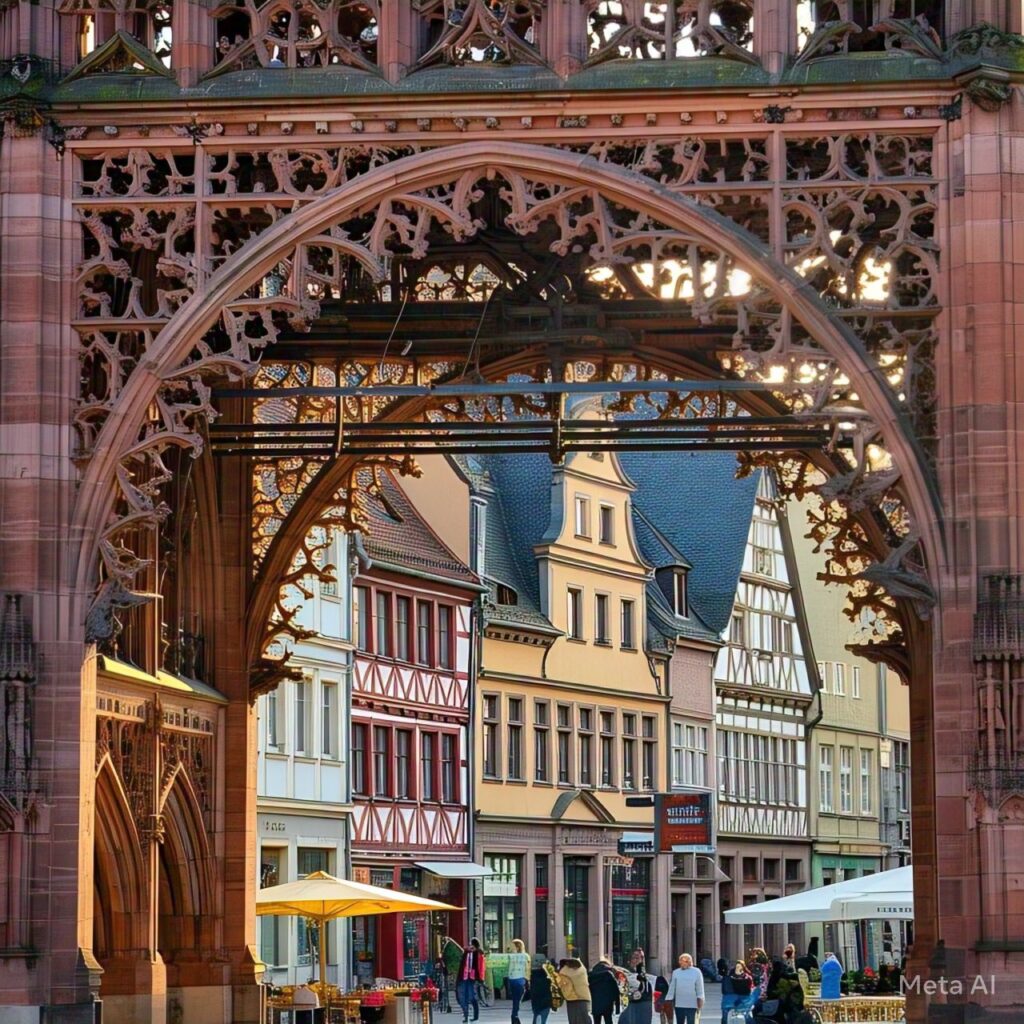
I’ll remark that Nienburg was much livelier than Salzwedel!
I found myself wanting to stay a bit longer because there was so much to do, including the lively town square, the numerous stores, and the peaceful riverbank trails (just so I could drink another aperol spritz on a sunny terrace). The powerful River Weser has also contributed to Nienburg’s fascinating maritime past, and sure, many really long, low-deck boats passed by while I was there.
The riverbank was so serene and tranquil! The harvest of asparagus is one of Nienburg’s most significant customs; in fact, they have an asparagus museum and, get this, an asparagus pageant queen. This isn’t even something I made up. Nienburg is fantastic.
Wernigerode

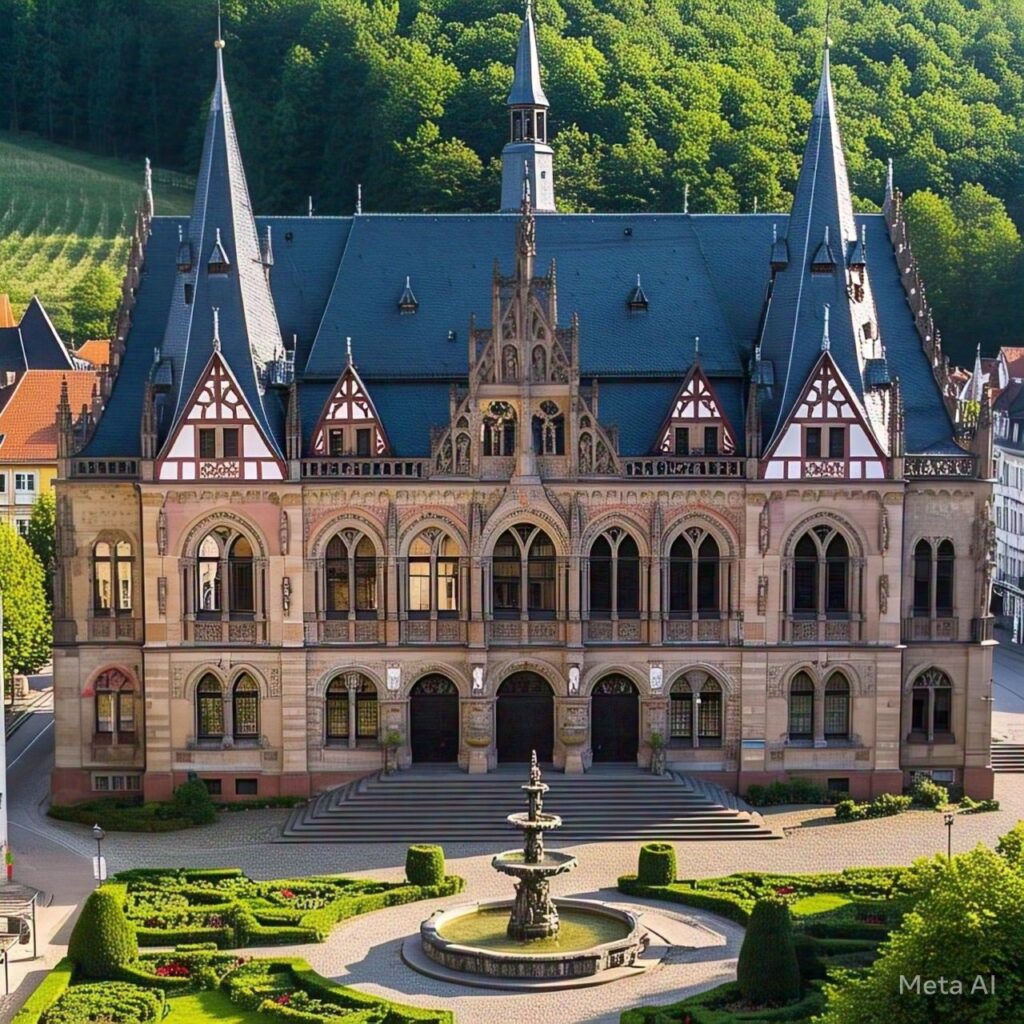
City Hall in Wernigerode
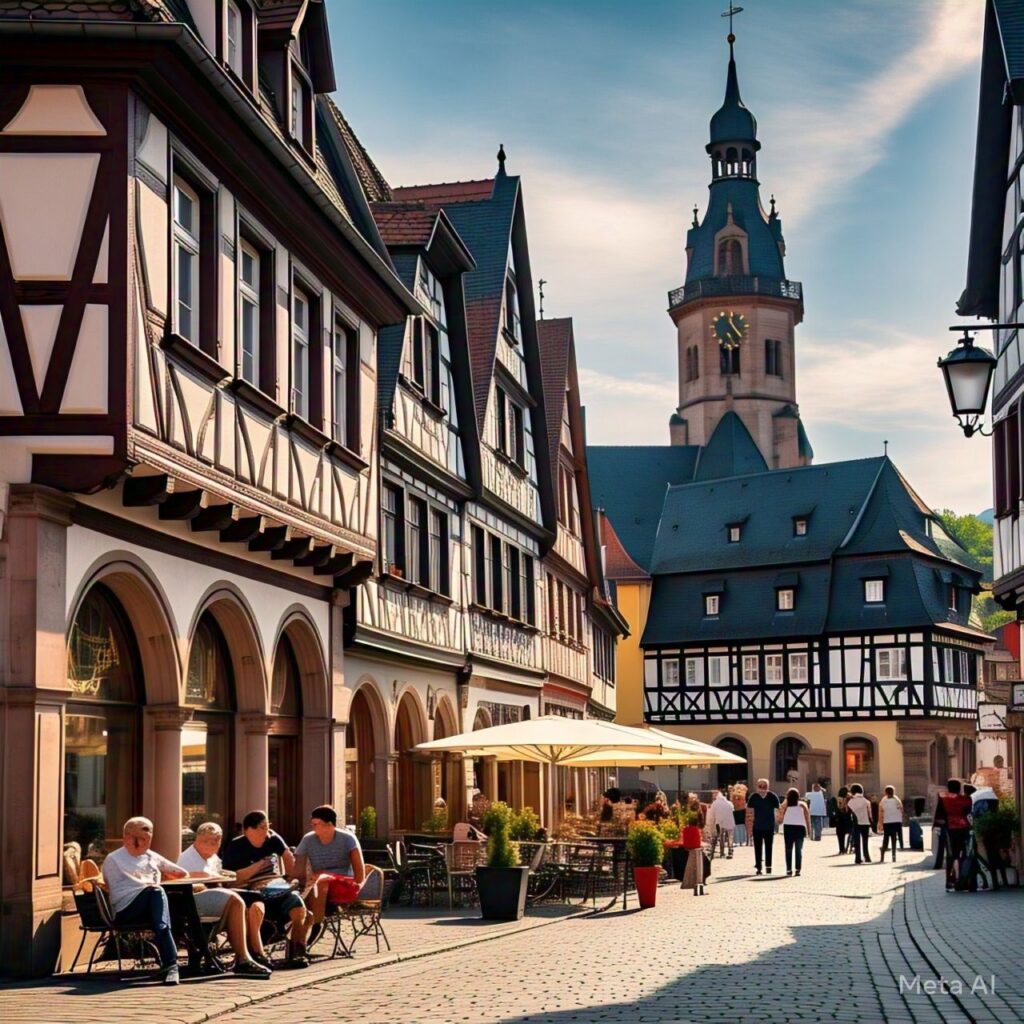
High Street in Wernigerode
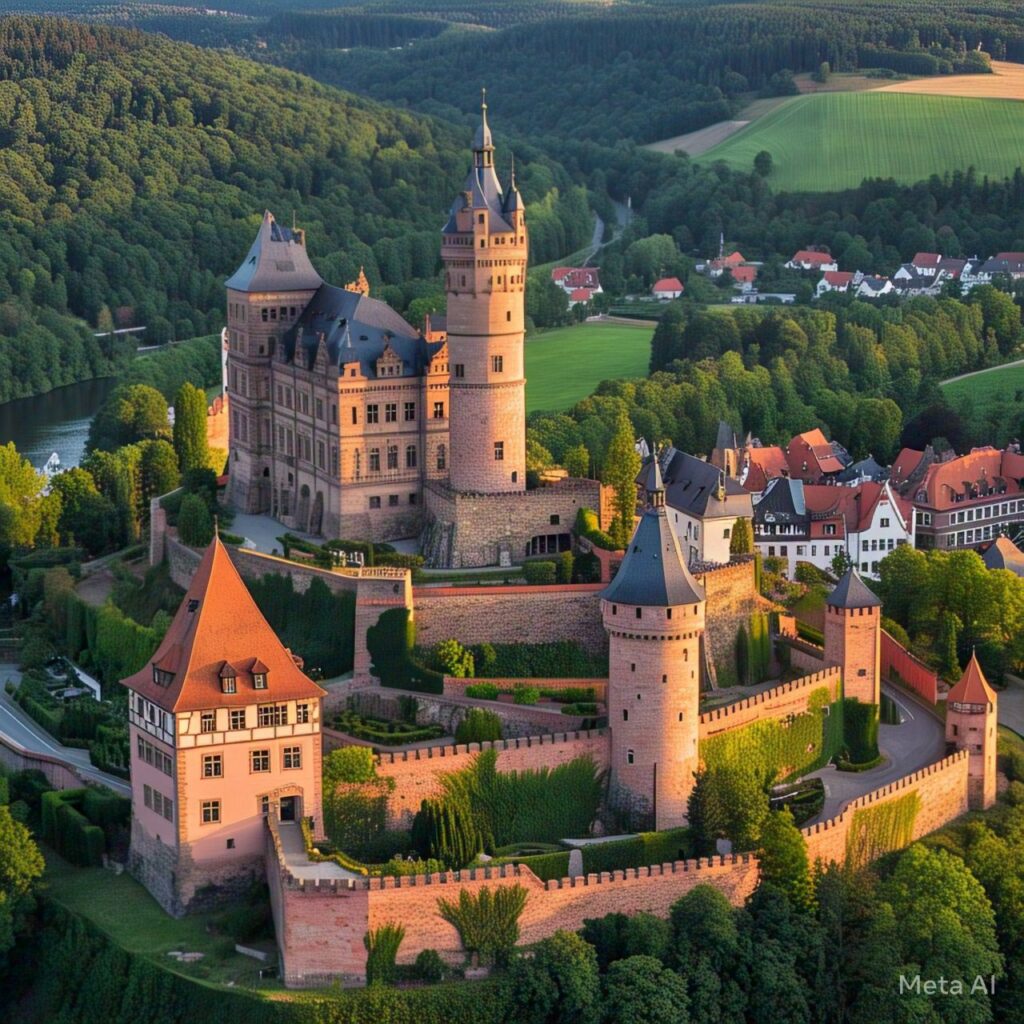
The magnificent castle in Wernigerode

The view from the castle’s summit
Wernigerode, my second favorite destination along the way, was the picture-perfect place where I ended my journey.
A medieval castle, stunning mountains, a bustling town center, lots of eateries and stores, and, of course, a ton of history and charming timber buildings make Wernigerode the gem in the crown of the German Framework Road. It would have been easy for me to spend two or three days exploring the vibrant buildings and taking in the breathtaking architecture.
German Framework Road: Preparation is key & sporadic observations
older population
I was always the youngest person wherever I went. The 27-year-old kid that I am still believes that this is a journey for people of all ages, even though the route and its attractions seem to be geared toward an older demographic.
Be mindful of your speed.
Although you could take the train to see the route, I would suggest renting a car instead.
This will let you visit the many charming communities along the way as well as enjoy the countryside. Additionally, everyone ought to enjoy the rush of speeding down the autobahn, which, as some of you are aware, has no speed restrictions in certain places. That sensation is simultaneously thrilling and horrifying! Nevertheless. Additionally, one must exercise extreme caution when driving on rural roads due to the frequent changes in speed limits between villages and the prevalence of speed radars.
You know who got a speeding ticket when they got home?
Mostly speaking German
Originally designed primarily for German tourists, the route is gradually becoming more accessible to foreign tourists as more and more hotels, stores, and eateries hire staff who understand English. It was occasionally difficult to understand the language, and to be honest, there weren’t many helpful people (this is Germany, after all).
I didn’t mind that it was more of a “figure it out by yourself” type of vacation.
My last thoughts
Although the road is occasionally fairly picturesque and lovely, it could use some additional infrastructure to draw in tourists from other countries. Given a few years, I wouldn’t be shocked to see it emerge as one of Germany’s most well-liked pastimes. I can see how certain adjustments have already been made.
Other places along the German framework road that are worth seeing
I went to Esslingen two years ago!
Münden Steinberg, Hann., Quedlinburg
Goslar Eppen
Bad Urach, Germany
The most well-known cities along the route are also included on Wikipedia. Additionally, the German Tourism Board provided a list of its own highlights. Additionally, the German framework route has its own website.

